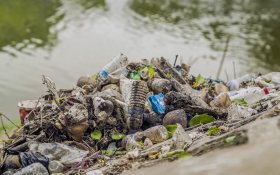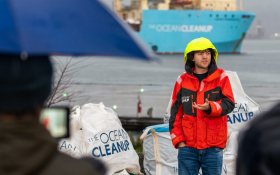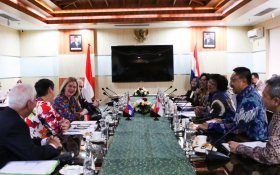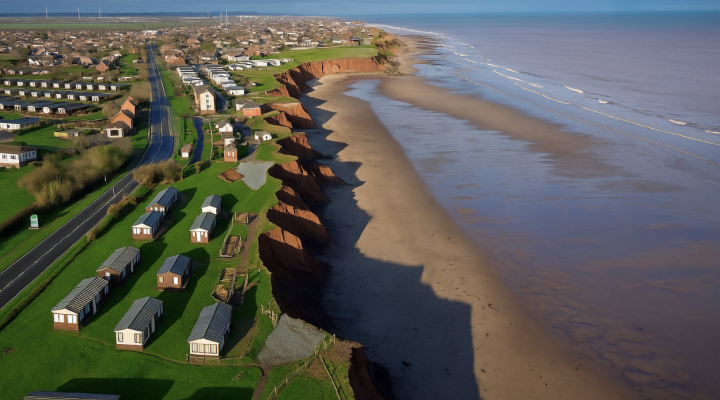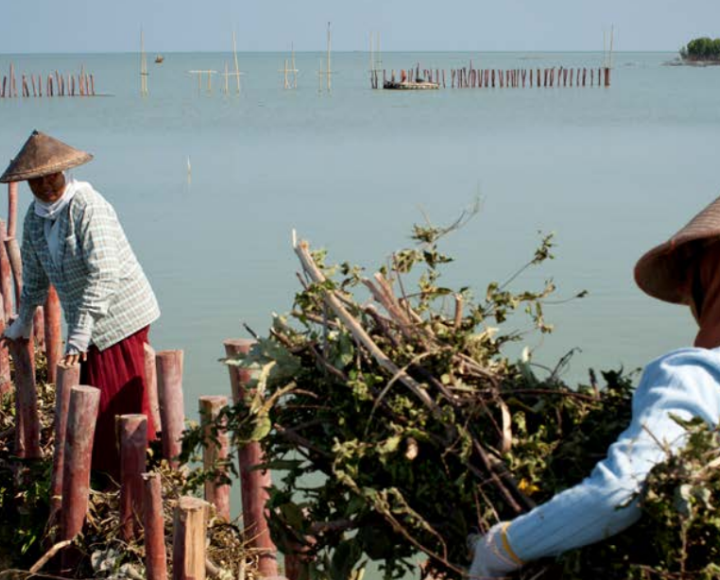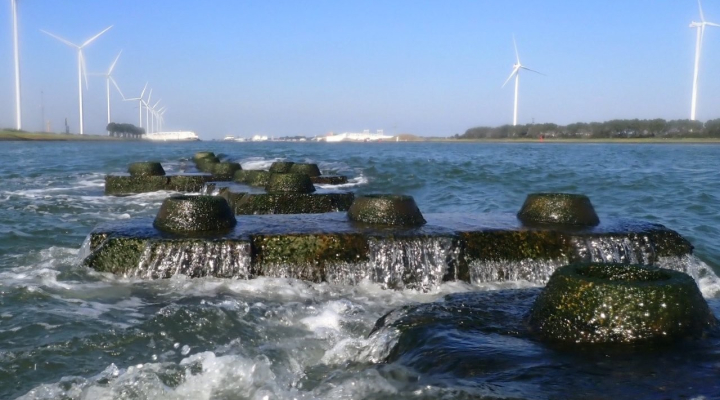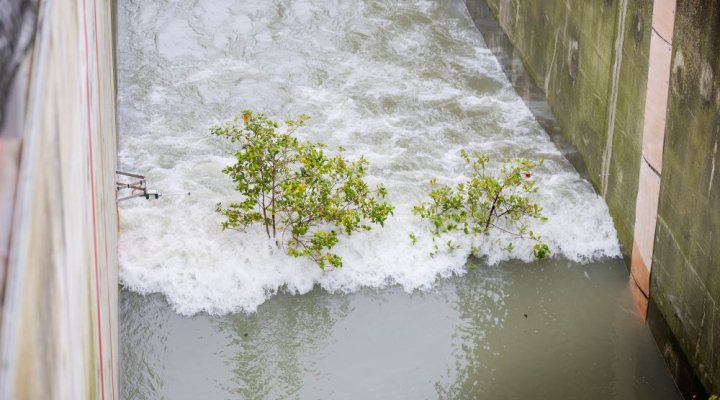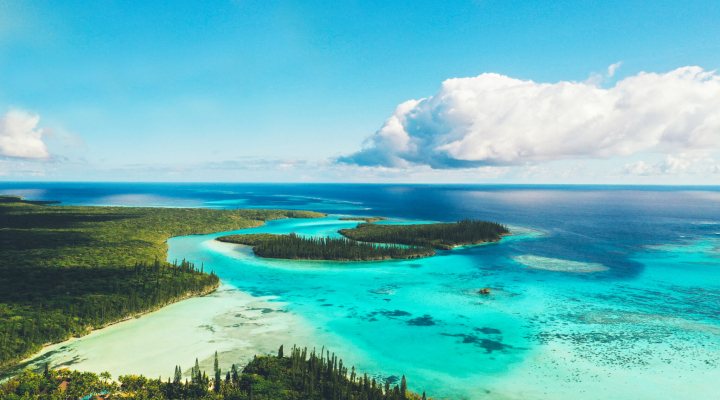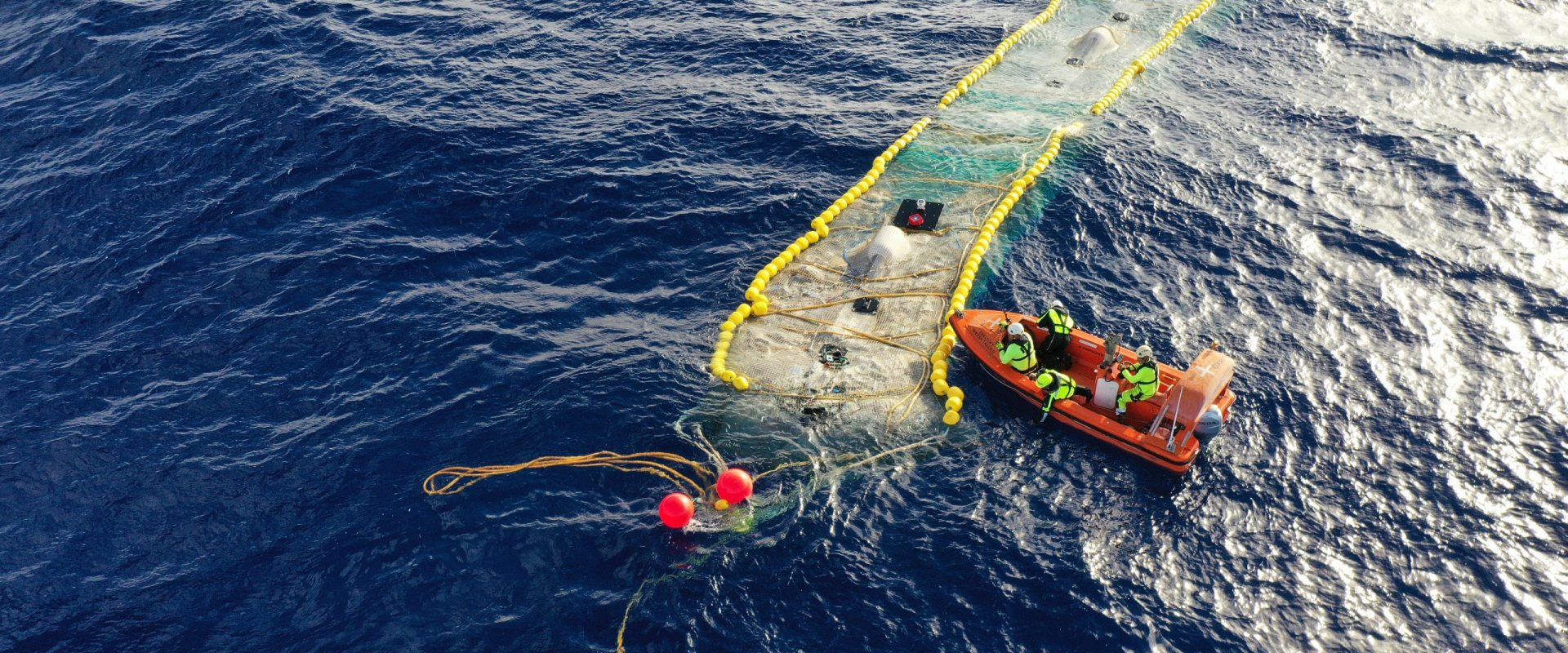
Successful test new garbage recovery system by The Ocean Cleanup
In their effort to clean-up the Great Pacific Garbage Patch, The Ocean Cleanup designed a fully new recovery system. The current U-shaped barrier is more flexible and more efficient compared to the first prototype tested in 2019.
On its first six weeks deployment, prototype 002 collected 8 ton of garbage.
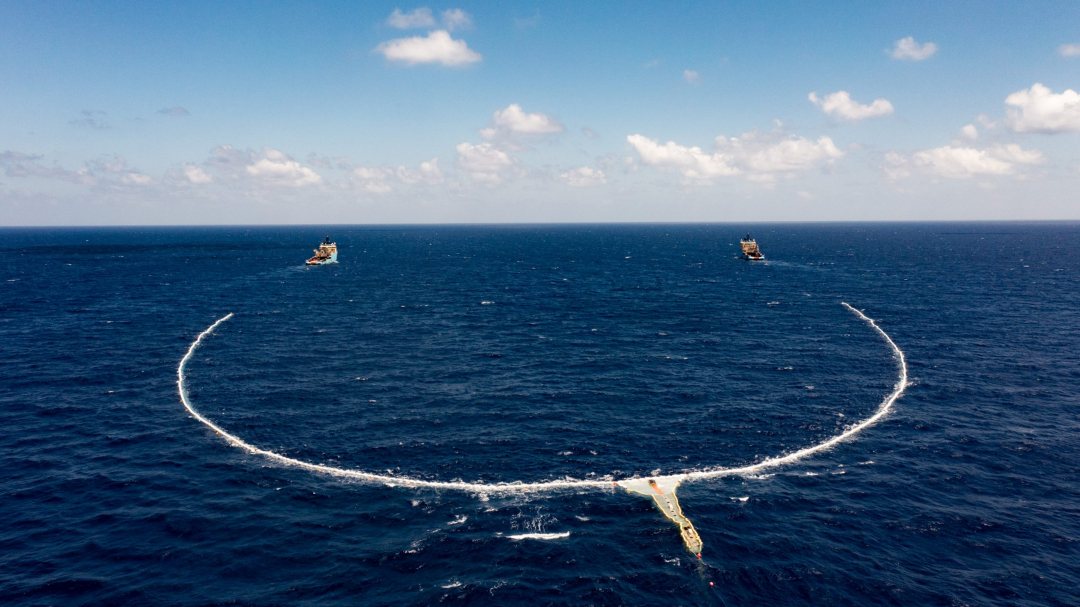

More volumes
A big difference with the previous prototype 001B is the ability to track and to reposition operations as needed into zones that have the highest density of plastic. Using trailing technologies the new prototype can maintain a speed difference between the floating plastic and the clean-up system to catch and retain plastic in the garbage patches.
The previous Prototype 001B used a parachute anchor to keep the system moving slower than the plastic. However it was concluded that such technology could not effectively be scaled up. Therefore, prototype 002 uses active propulsion at each end of the U-shaped barrier so it can continuously move faster than the plastic.
This actively propelled system catches more plastic in a quicker pace because it allows the system to steer towards areas with high concentrations of plastic.
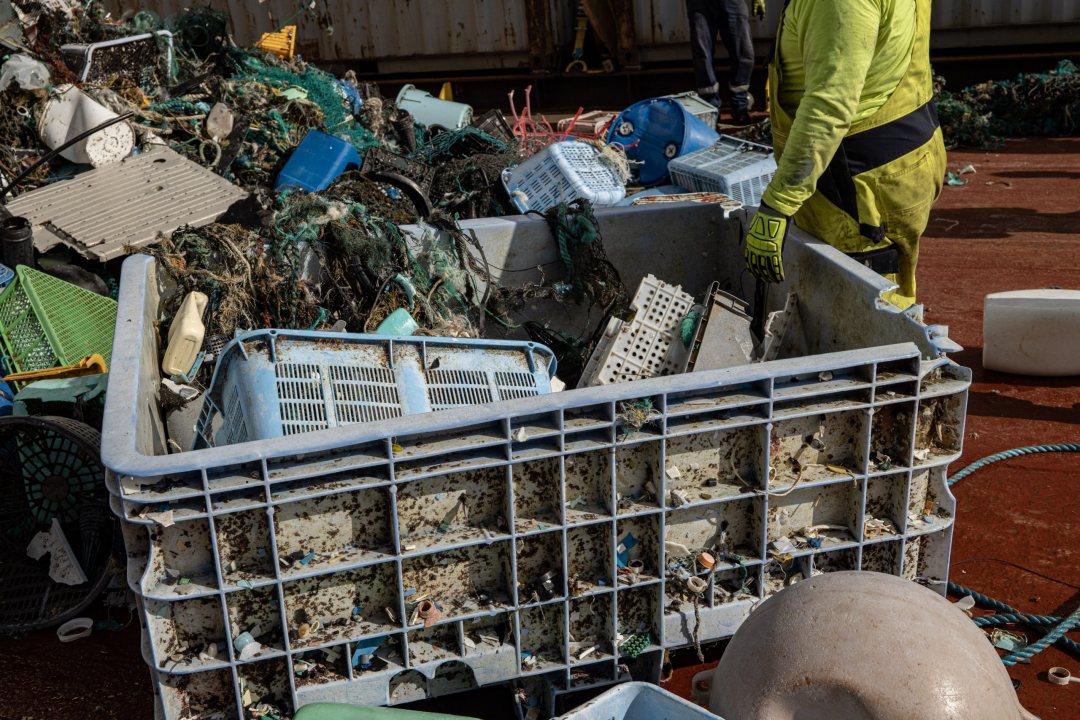

Duration tests
During its first six weeks on the Pacific Ocean between Hawaii and California, prototype 002 has reportedly behaved well and showed stability to consistently harvest plastic. Towed by two ships, the system has been in the water for 120 hours, for testing operational handling, environmental towing, optimum towing speed, emergency contingency, and research sampling.
The first phase of the trials were concluded with a visit to Victoria harbour in Canada to change crew and to bring the first 8 tons of garbage to land.
Now, The Ocean Cleanup is conducting a second range of trials that focuses on long-duration runs.
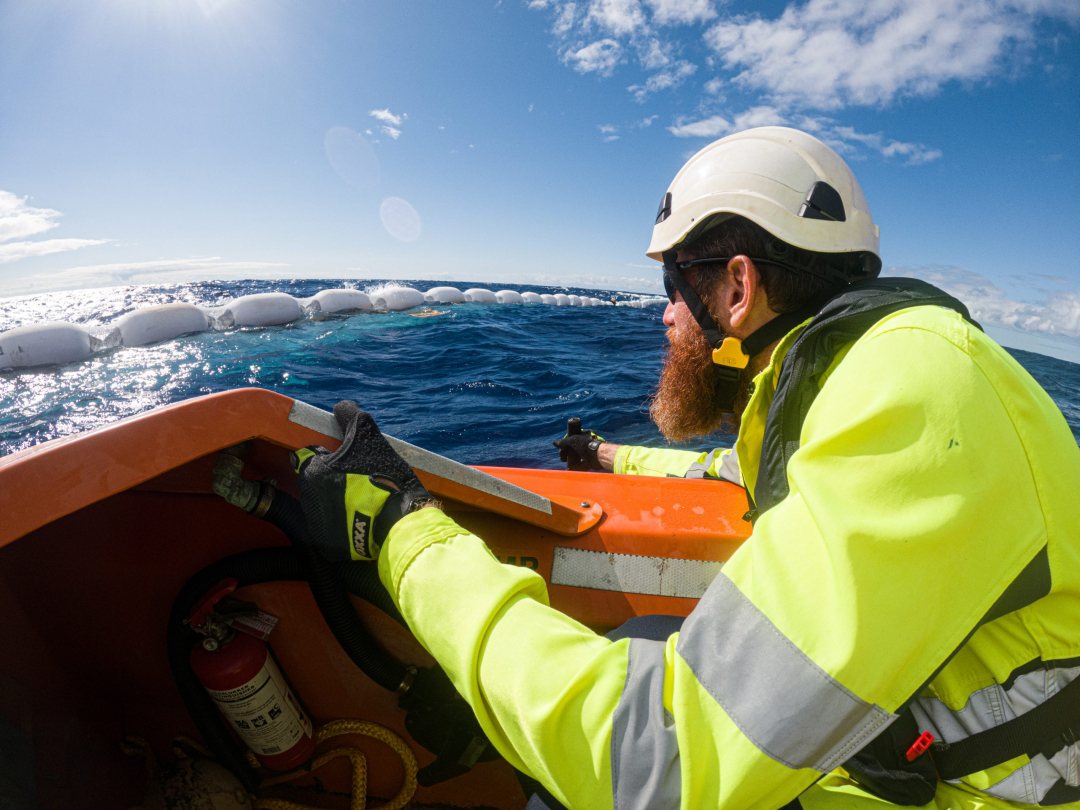

Promising results
‘We are now half way of testing system 002 Jenny in the Great Pacific Garbage Patch’, said Boyan Slat, founder and CEO of The Ocean Cleanup, on the occasion of the port visit. ‘Things are actually starting to look very promising. The system is behaving very well and we see significant amount of trash coming on deck.'
Slat is looking forward to the duration tests. ‘If everything goes well, we might be able to see a system completely filled with plastic during those tests. That’s something we have been looking forward to for all those years. It really would be the proof of the pudding, that it is truly working’.
A successful second trip would not mean the end of the development phase, as The Ocean Cleanup has already envisioned a third prototype that is to incorporate new insights on continuous harvesting, scaling the concept for deployment of multiple systems at the same time in different oceans, and to minimize environmental impact.




